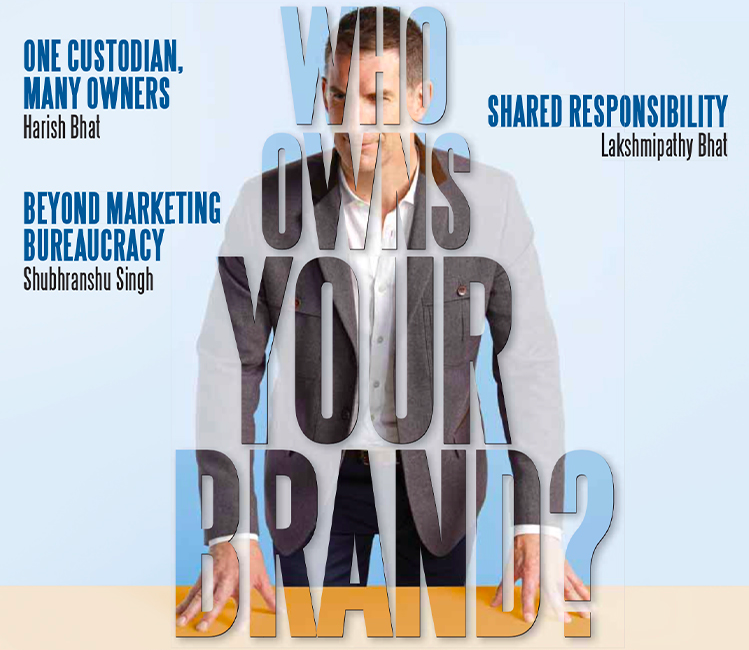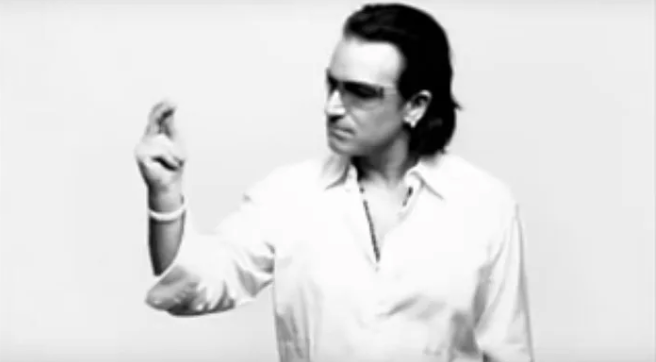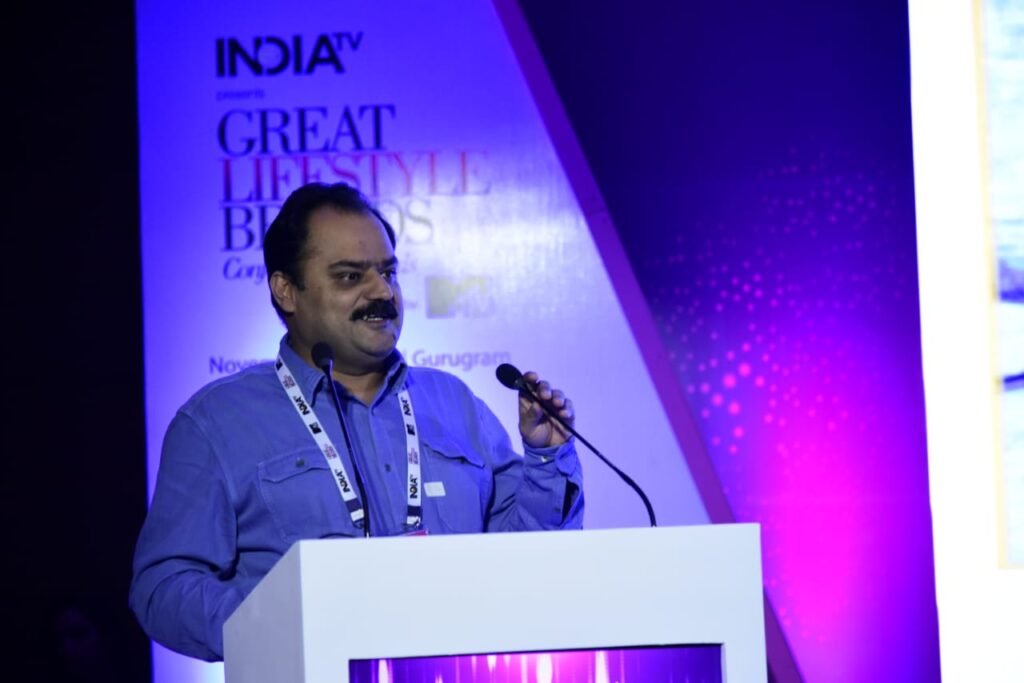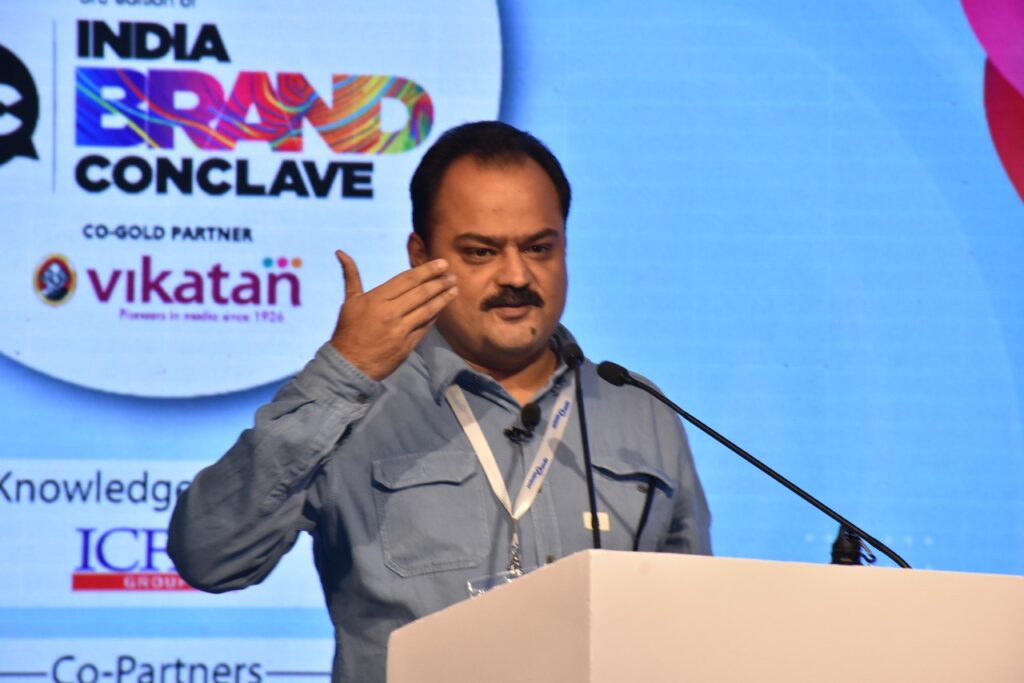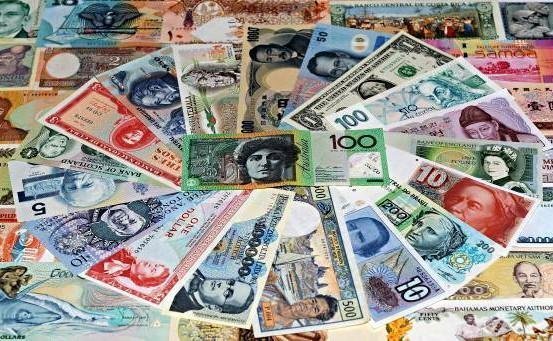A New Marketing Era: Beyond the MBA
By design, historical precedent and its evolution, the MBA is a qualification wholly unsuited for creative marketing. Undeniably, it is a good preparation for business careers, generally speaking. But creating culture and generating social impact via iconic brand building is quite another thing. The annexation of the creative world by MBA Conquistadors has led to its domination via excel sheets, income analysis, quantitative research and studies on marketing ROI Per intention, the MBA program is intended to select, strengthen and advance those who are numerate, logically driven and method oriented general managers. There is an innate bias to mathematically tuned thinking with little or no exposure to social and cultural realities. Formally, there is no encounter with the culture industries. Informally, there is little bandwidth or opportunity. As a consequence, most young brand managers lack even the rudimentary ability to assess brand building from a cultural perspective. [siteorigin_widget class=”SiteOrigin_Widget_Image_Widget”][/siteorigin_widget] ‘MBA marketers‘ are essentially back room operators not creators. They revel in the tactical, short-term and efficient. Their cognitive apparatus is not set up for “catching the social mood”. But brands are social entities. A few even grow into social institutions. If we agree that powerful brands can create culture then, by implication, we find deep trouble in MBA paradise! Not only are MBA marketers ill equipped as brand managers, they are surrounded by clone MBAs from the partner agencies. Also, ever since economic liberalization in India, they are all too well paid to genuinely live the life of the ‘mass cohort’ ! . Their orientation, language and directional biases are far away from the reality of mass culture. They do “consumer home visits” like one goes to the zoo. Insularity , not familiarity, breeds contempt! The epochal changes that have been underway in this millennium have now brought MBA marketing to an existential crisis. To build culture , create truly engaged social communities and shape society , brands need reinvention . The ‘MBA-brand manager’ needs to be reborn as a culture enthusiast. This cant happen if they see the world only in spreadsheets! To my mind, the origins and development of the MBA-brand manager role are responsible for this. It happened in functional, low involvement categories where consistency and owning of benefits through repetition were the proven way. There was no felt need for MBA marketers to look beyond the brand manual and its key associations. Data driven dashboard management and just a sprinkling of pop psychology was enough. Today, brands have to be ready for rapid change. Brand builders need a holistic view of social and cultural mood. This calls for deeply entrenched understanding with inputs from sociology, psychology, semiotics , economics, anthropology, cognitive science, linguistics and so on. This interdisciplinary exposure and the necessity to roam freely in various fields of knowledge is something the MBA program does not allow one to do. One look at the classical MBA case study methodology shows you why it is the exact antithesis of what is required. Typically, it prescribes reading a few pages along with a few data tables and frame a few “insights“ and that’s it – you have a case -a representative situation. The MBA class gets ready to decide!! How real is that? The creed imbibed in MBA style marketing is – “Make the brand a constant”. Nothing should change. A brand is, in fact, defined as such – one that is unchanging in its consistency. A brand achieves iconic status only when it is representative of its society. A brand of such stature withstands, even leads, the most profound transitions. Coca-Cola is America. Nike is self-expression and achievement. Marlboro is rugged masculinity. Patagonia is responsible consumerism. Gandhi taught us that you have to understand society in order to change it . The MBA brand manager by training looks a brand as a revenue bearing asset that has to be managed. A hidebound coordination job. Part execution, part audit. There is no recognition or disciplinary training to look at the brand‘s cultural symbolism, its most dramatic and critical asset. It is therefore time to insist that MBA marketers , as a class, vacate their dominant position. A new diverse set of brand owners must take charge. They must see and appreciate consumers as real people and not as ‘targets’. We will then have brand revolution Amen! https://brandequity.economictimes.indiatimes.com/news/marketing/a-new-marketing-era-beyond-the-mba/73140234


